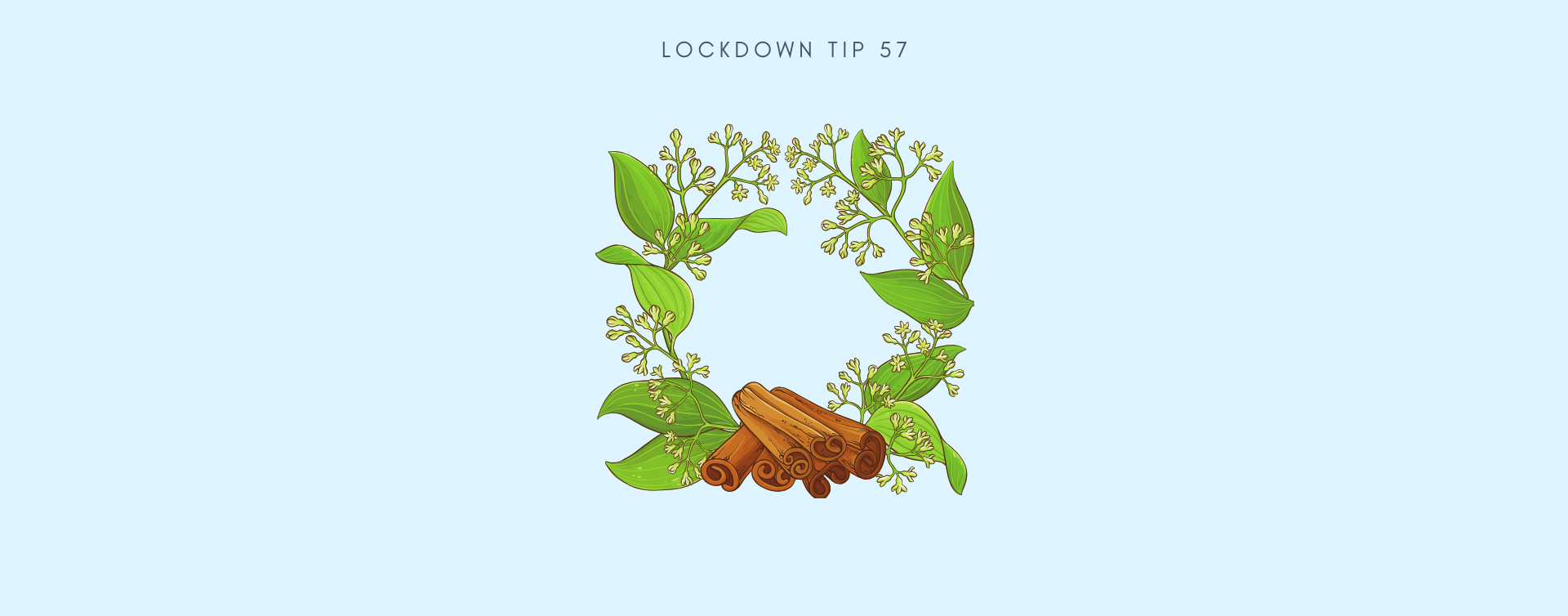Lockdown Day 57 – Cinnamon
SPICE TIME
Today, we would like to share a wonderful Montessori secret with you! Our ability in integrating learning in our curriculum areas is a very closely guarded secret that for the first time is being offered to you are parents! Well…no, not really…as you will see this is just common sense! But we hope we have grasped your attention!
Today’s theme is peppered (pardon the ’spice’ pun!) with reminders of our previous lockdown activities to emphasise the value in bringing together the many aspects of learning.
They say that variety is the spice of life and today we are going to venture into our botanical world to have a deeper look at a condiment we use every day in our kitchen and cooking, and bring this wonderful plant to the children’s attention. This does not need to be a specific lesson per se but can be pulled like a rabbit from the hat when you happen to be in the kitchen baking or making food and using the spice. For the purposes of this lesson, we are going to look at the majestic cinnamon tree and its by-products, but other spices (or herbs) can be explored the same way.
CINNAMON
Using the ‘I Wonder’ technique you learned about in our Lockdown Tip #35, you could ask the child where s/he thinks cinnamon comes from? You could also refer back to Lockdown Tip #22, where the tree was discussed. During the cooking or baking, you may remark that we have just used a teaspoon of cinnamon in our cookie batter, and it looks like a powder.
You may well be baking the lovely Cinnamon Snails which were introduced in Lockdown Tip #7 right back at the beginning of lockdown! Allow the child to engage in the conversation. If you have a stick of cinnamon, it may be nice to show it to the child at this time. Allow the child to use the olfactory and gustatory senses (also explored in Lockdown tips #40 and #54 respectively) to smell and taste the cinnamon. Ask the child to describe (Remember Lockdown Tip #42?) what s/he is smelling and tasting.
At this point, bring out your smartphone or tablet and show the child an image of a cinnamon tree and explain to the child how the inner bark is removed and left to dry in sheets or crushed to make the cinnamon that we see in our bottle. If you have a cinnamon stick, it is probably curled up a bit, and this is something you can point out to the child. Cinnamon bark curls as it dries. These sticks are also known as quills.
You may mention that the cinnamon tree grows on average about 12 metres high and use the estimation skills learned in the activity in Lockdown Tip #27 to determine if that is bigger than your house’s roof!
Depending on where you live, you may have an opportunity to show the child the real tree. Older children may be interested to know that the cinnamon tree is native to Sri Lanka. Encourage the child to find Sri Lanka on a map!
A couple of fun facts for older children:
- Sri Lanka still produces 90% of the cinnamon consumed on the world today.
- The Egyptians used cinnamon in the embalming process of their pharaohs after they died.
- Around the time when our Common Era began 1-100 CE, cinnamon was such a sought-after spice, it was 15 times more expensive than silver!
Cross-curricular learning opportunities as described in the activity above are very good for the child’s overall knowledge and understanding of the world. This kind of activity allows for critical thinking, stimulates imagination and provides a sense of awe and wonder in the world s/he inhabits. This is turn will translate into a child who cares about her/his planet and understands the responsibility we all have in preserving it for generations to come.
A simple discussion like this may extend into the child wanting to learn more about other spices…or possibly even more about how Egyptians embalmed their dead pharaohs!
****



